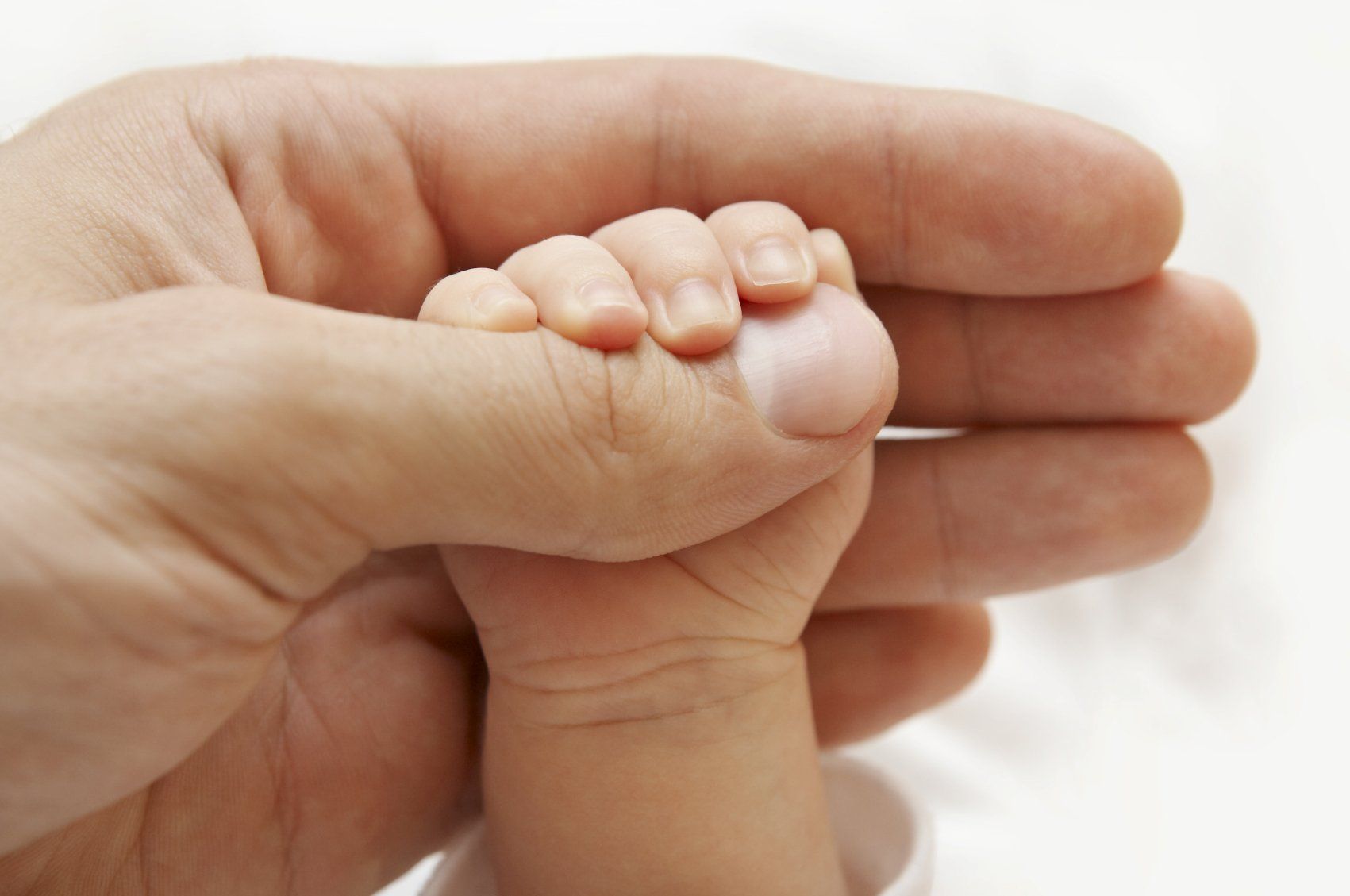Car Seat Safety (Part 3 of 3)
Front Facing Car Seat Tips
With all of the bells and whistles on the various brands/models of car seats on the market today, it can be confusing on what you REALLY need to know about car seats & safety. Today, Meghan Tullos, a physical therapist assistant at the Pediatric Movement Center as well as a Certified Child Passenger Safety Technician, is going to break down the information we need to know about front facing car seats!
Quick Facts on Front Facing Car Seats
- Front facing car seats should only use the LATCH system if the total weight of the child plus the car seat is 65 pounds or less (most CPSTs will elect to switch to the seat belt as soon as the seat turns forward facing to prevent having to remember to switch after the LATCH system weight limit is exceeded).
- When using LATCH in front facing, the belt should be threaded the belt path labeled as front facing. after that, front facing seats should be secured using the car’s seat belt and threaded through the car seat’s front facing belt path.
- The top tether of the seat should ALWAYS be used with front facing seats
- The top tether prevents excessive forward motion of the seat during a car crash and keeps the car seat from rotating forward into the head rests of the front seats
- Kids should NEVER wear a winter coat under the straps of car seats (forward facing or rear facing). You can put the coat on backwards over top of the straps or use a blanket when in the car. Winter jackets require the straps to be looser than they should be and in a car crash the coat will compress and increase injury to your child.
As always, if you have specific questions about how your child’s seat is installed or how to position your child in their seat, please reach out to Meghan Tullos at mtullos@pmchag.com. Meghan is a certified child passenger safety technician and will be happy to assist you with your child’s car seat needs.


Contact Us
PMC Frederick
4640 Wedgewood Blvd, Suites 101 - 105, Frederick, MD 21703
240-457-9558 tel | 301-739-7453 fax
PMC Hagerstown
1045 Maryland Ave, Hagerstown, MD 21740
301-739-5437 tel | 301-739-7453 fax
PMC Aquatics at Hagerstown
1105 Maryland Ave, Hagerstown, MD 21740
301-739-5437 tel | 301-739-7453 fax






